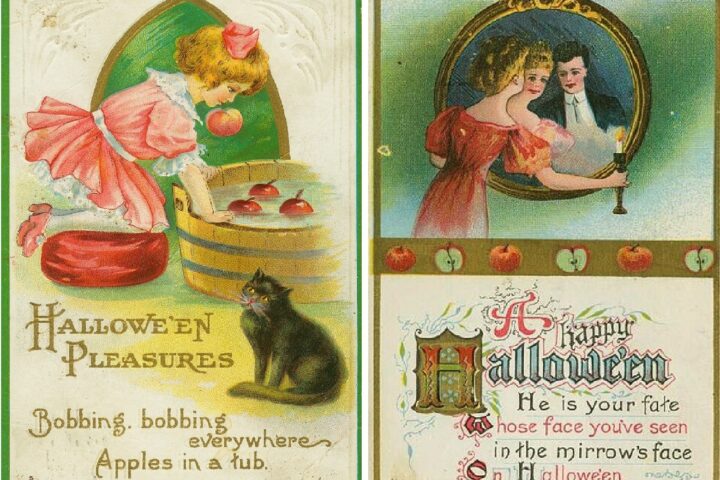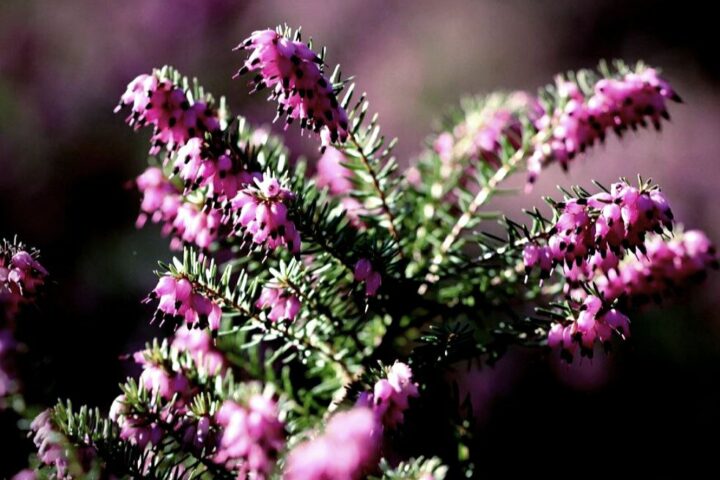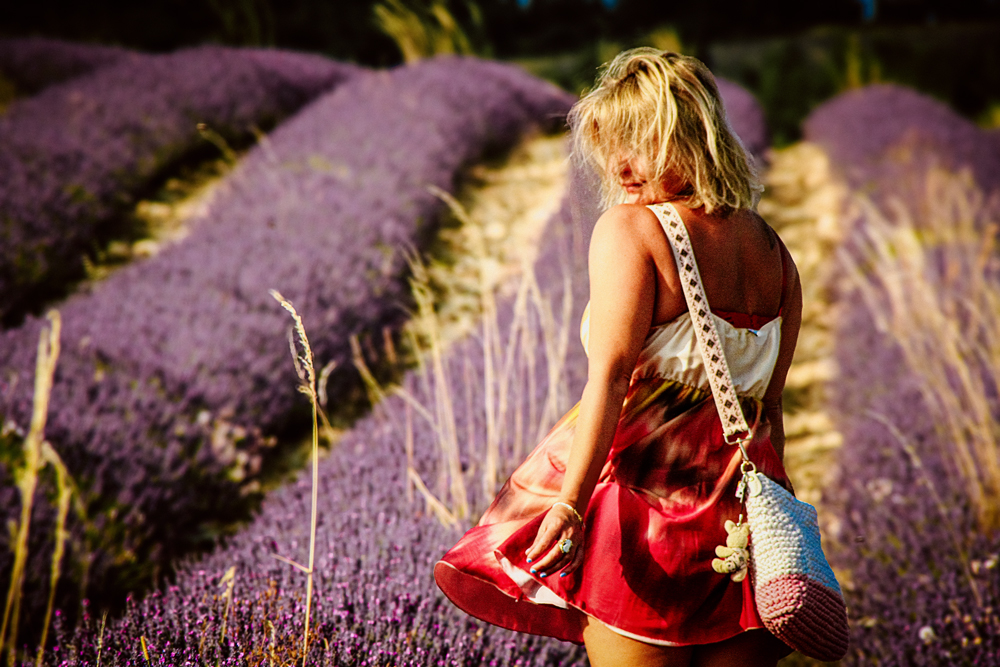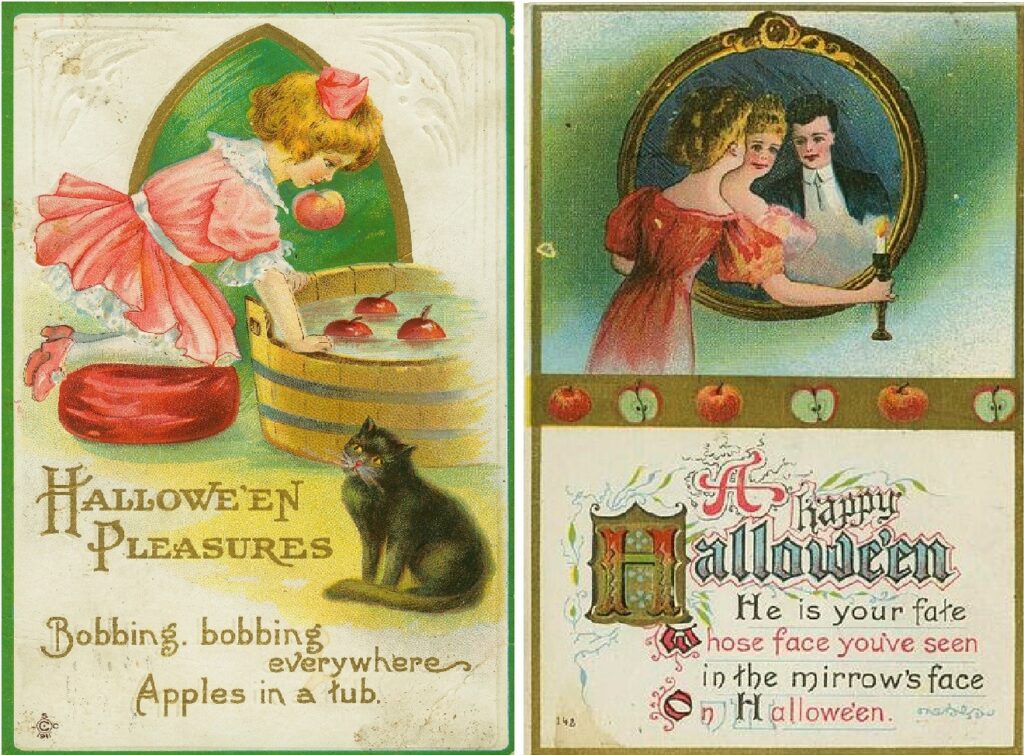The whole truth about Provençal lavender
The legend of lavender
Sault, the lavender capital
The lavender bloom and festivals in Valensole
Lavender and lavandin
Itineraries and scents
Historical curiosities about lavender
The uses of lavender today
“Lavender dream” recipe
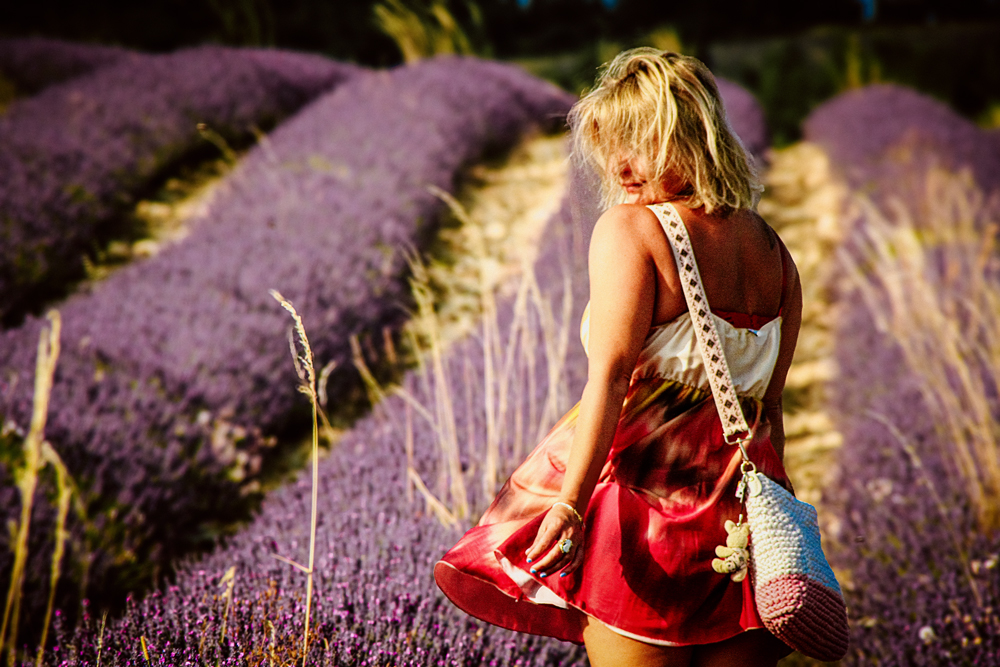
Lavender is the mysterious fairy of the Provençal fields and foothills, uniting all lovers around the world. With the arrival of May, it envelops the horizons of French fields with clouds of its flowers and spreads the scent of youthful dreams, attracting tourists and romantics from all corners of the planet. Beautiful Japanese women in aristocratic hats and white clothes are photographed against the backdrop of French sunsets, while European girls prefer long purple sundresses and Italian straw hats.

The legend of lavender…
In the mountains of Lur lived a fairy with golden hair and blue eyes named Lavandula. One day, while leafing through an album of landscapes, she came across Provence, a wild and arid land. Moved by the sight, she burst into tears, and her lavender-colored tears stained the page. As she tried to remedy her mistake, her tears spread across the Provençal landscape. In desperation, Lavandula painted a large blue sky over the stained land to hide her tears. Since then, lavender has grown abundantly in Provence, and the blue of the sky often blends with the color of the fields, symbolizing eternal love and the union of two hearts.
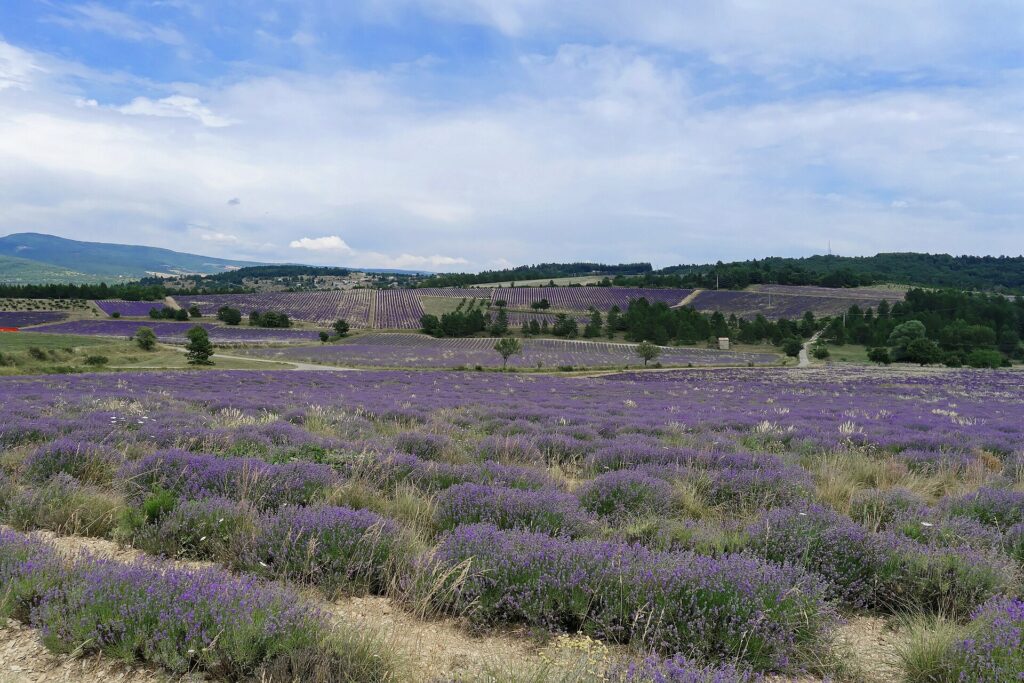
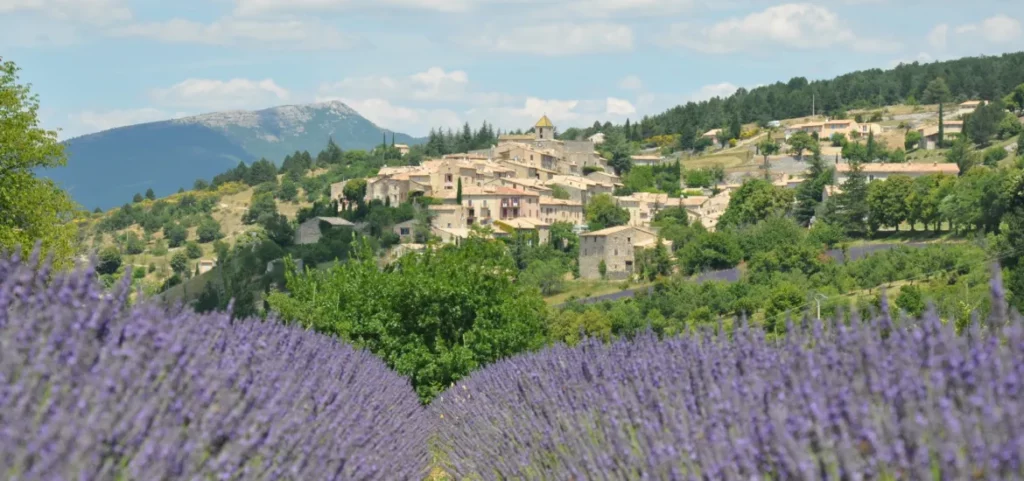
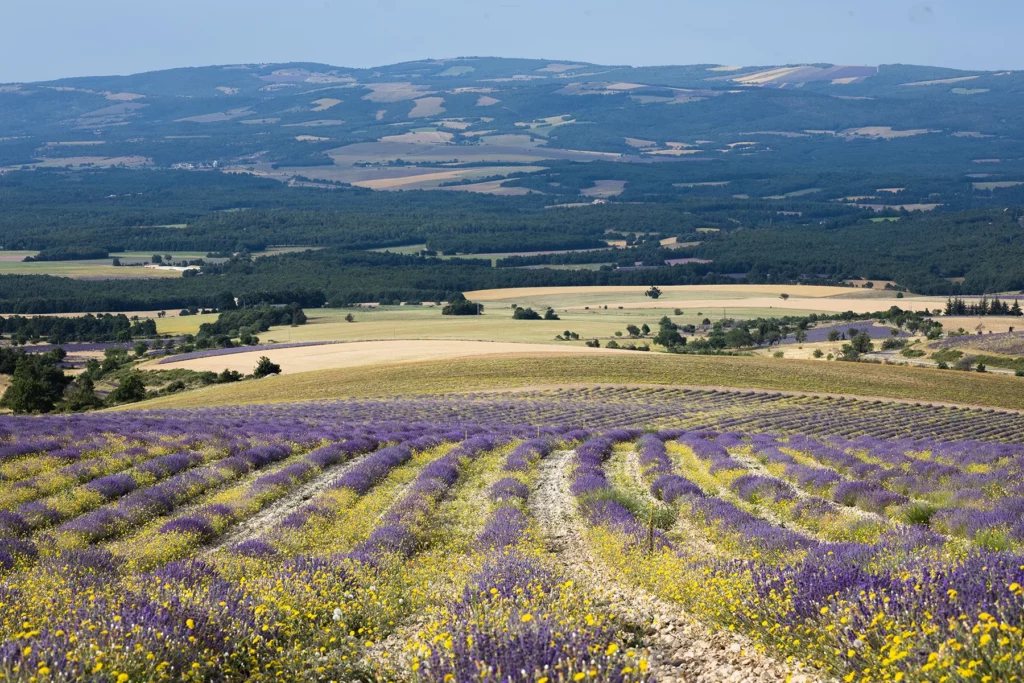
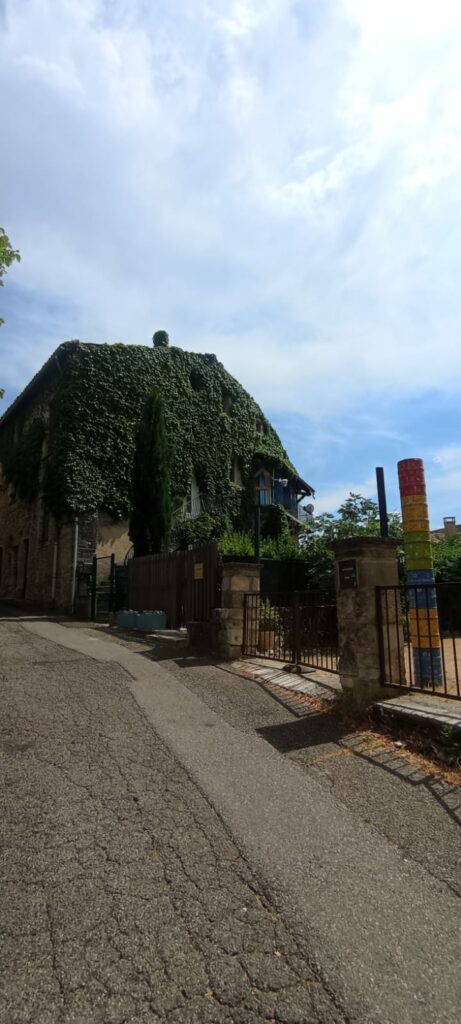
Photographers, bloggers, writers, directors, athletes, and bikers roam the fields and foothills in search of that very inspiration with the scent of lavender and… ice cream…
Lavender, also known as “blue gold” or “l’or bleu,” is a thousand-year-old plant that apparently originated in Persia, and its name appeared as early as the Middle Ages.
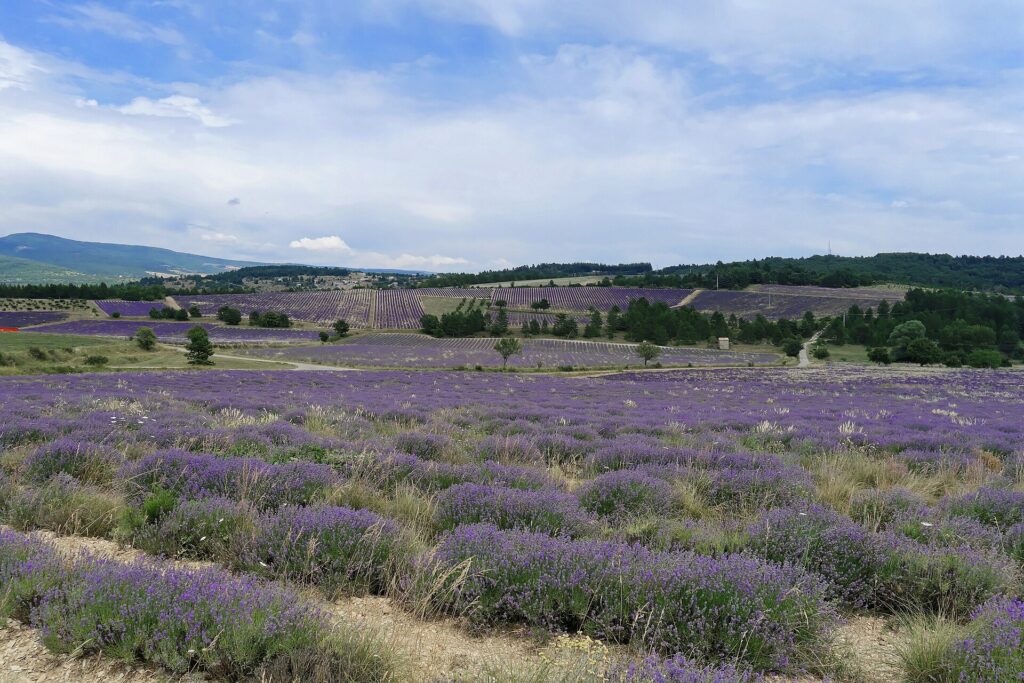
True lavender, the original plant, grows at an altitude of 600 meters above sea level in dry mountains. There are more than thirty species of it in the world. The short stem of lavender has one branch, unlike lavandin, a hybrid with a taller stem with two branches on a rounded bunch, which is grown at low altitudes. Sometimes lavender can also be found at lower altitudes, as it easily acclimatizes.
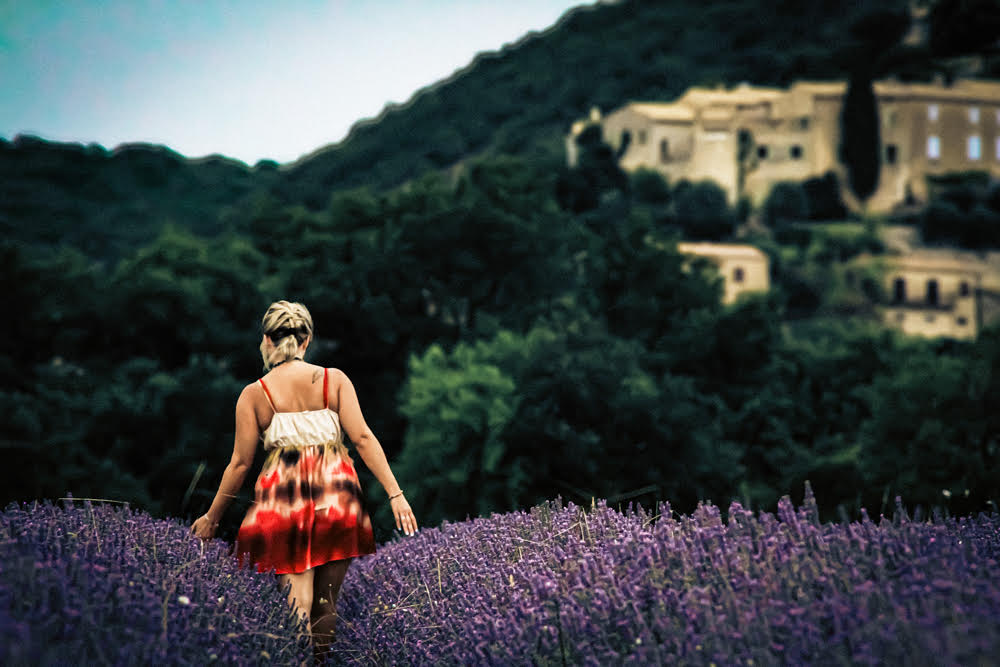
The capital of lavender is the town of Salt… It is located in the southeast of the French region of Provence-Alpes-Côte d’Azur, north of the Luberon massif, near the border with the Alpes-de-Haute-Provence in the east, where part of the Tour de France passes.
It is in Salt that you can enjoy lavender blooms until the very end of summer…
I highly recommend taking a break during your trip through the lavender fields and visiting the small medieval town of Monieux, Pays de Sault, and its extraordinary restaurant Les Lavandes.

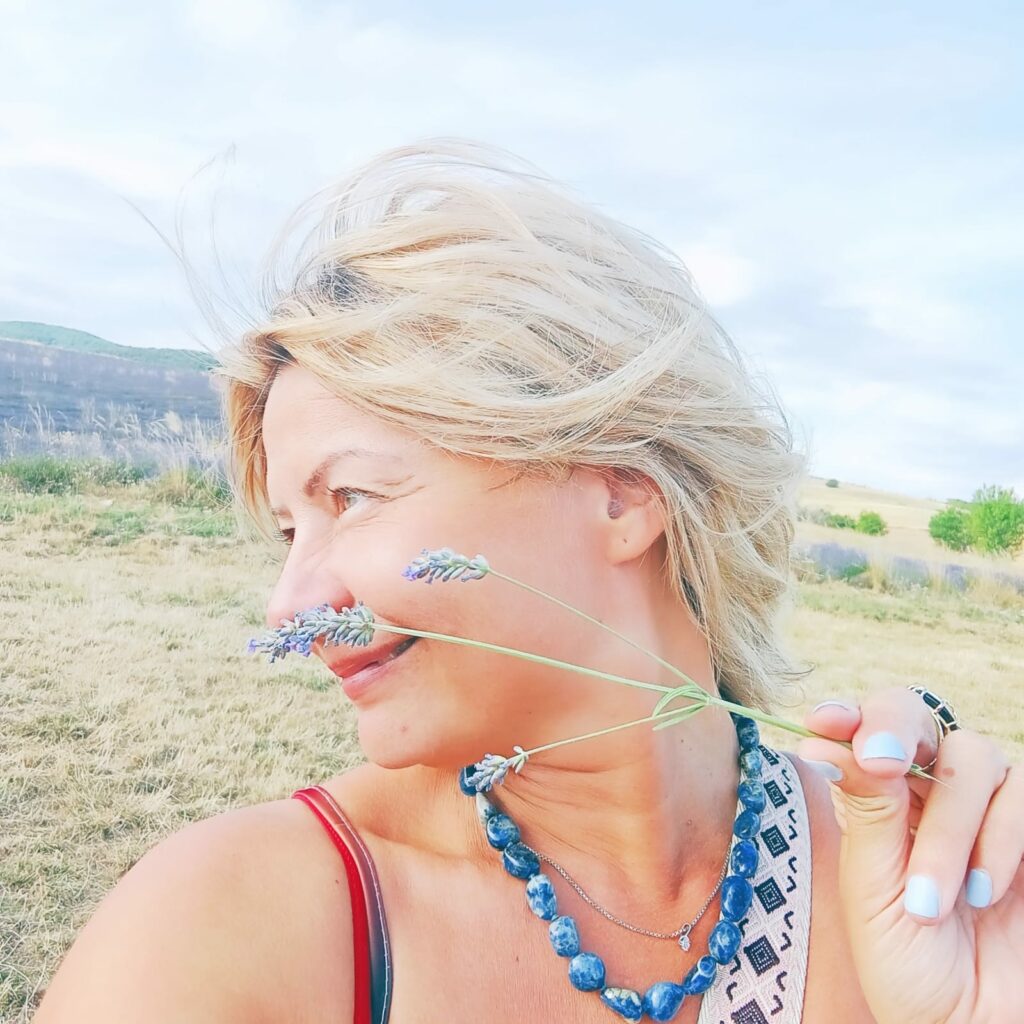

The lavender festival in Salt takes place on August 15, but if you are planning a photo shoot in the lavender fields, it is better to choose July for your trip, and in particularly hot years, June. Lavender does not like drought and excessive heat.
In the more famous Provençal town of Valensole, where countless films have been shot, it is not lavender that grows, but lavandin, which, unfortunately, is harvested very early. In mid-July, all that remains of the lavandin’s splendor are a couple of small fields for tourists, such as the Terrerome field (https://www.terraroma.fr/?srsltid=AfmBOoqnjnUV5LzUY6QAhxcEcVvM78t0QLHutzyY926GTXcDw4XCpmT9).
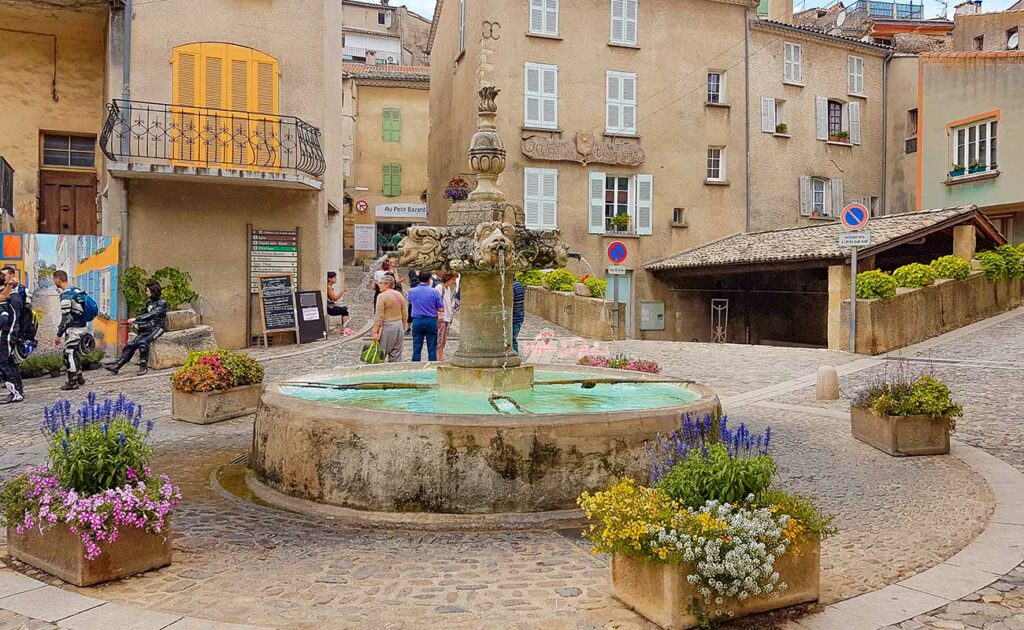
Even after the lavandin has been harvested, the fields of Valensole exude an intoxicating cocktail of hay, lavender, and poppy scents… Numerous kiosks run by local farmers offer lavender snacks and desserts, syrups, nougat, lavender honey ice cream, and countless varieties of perfumes and creams…
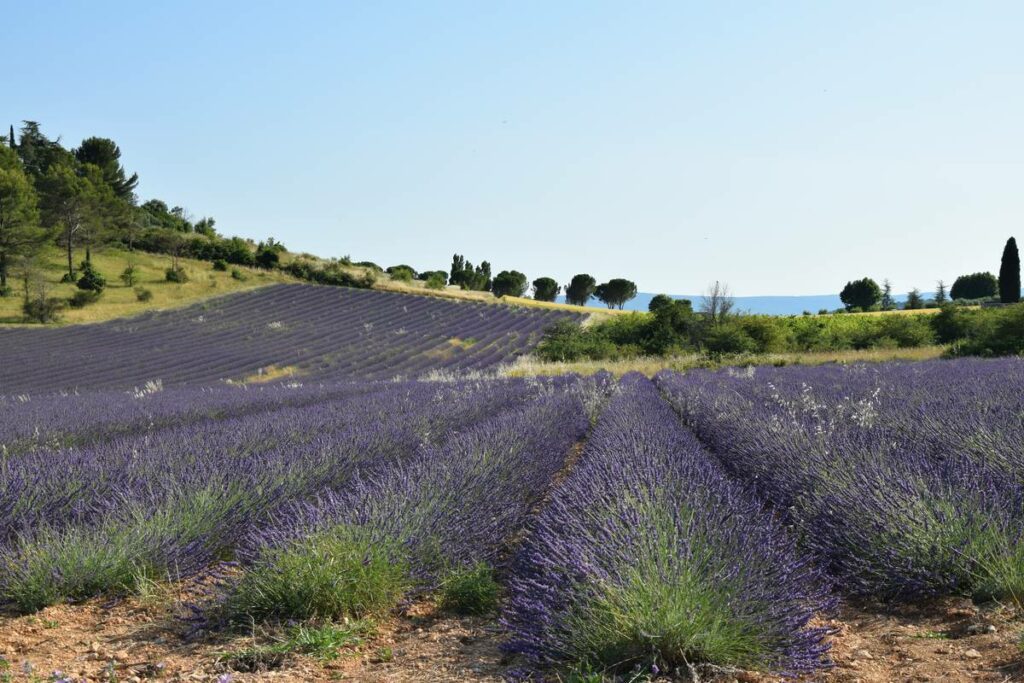
Lavandin is a larger plant and, in my opinion, less elegant than lavender. Lavandin is easily recognizable by the color of its flowers—they are paler, light purple, with two side shoots branching off from the main stem, also covered with flowers, and long and pointed.
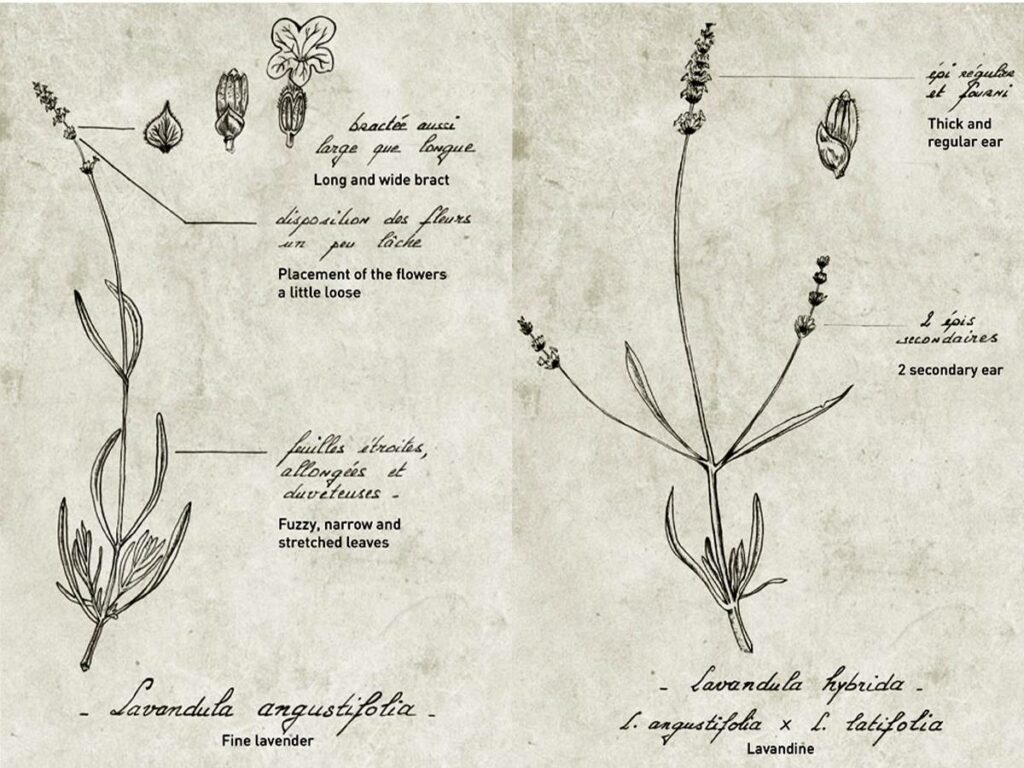
Lavandin has a strong aroma. If you rub lavandin flowers in your hands for a while, the aroma will linger on your skin for several hours, whereas the aroma of lavender dissipates within a few minutes.
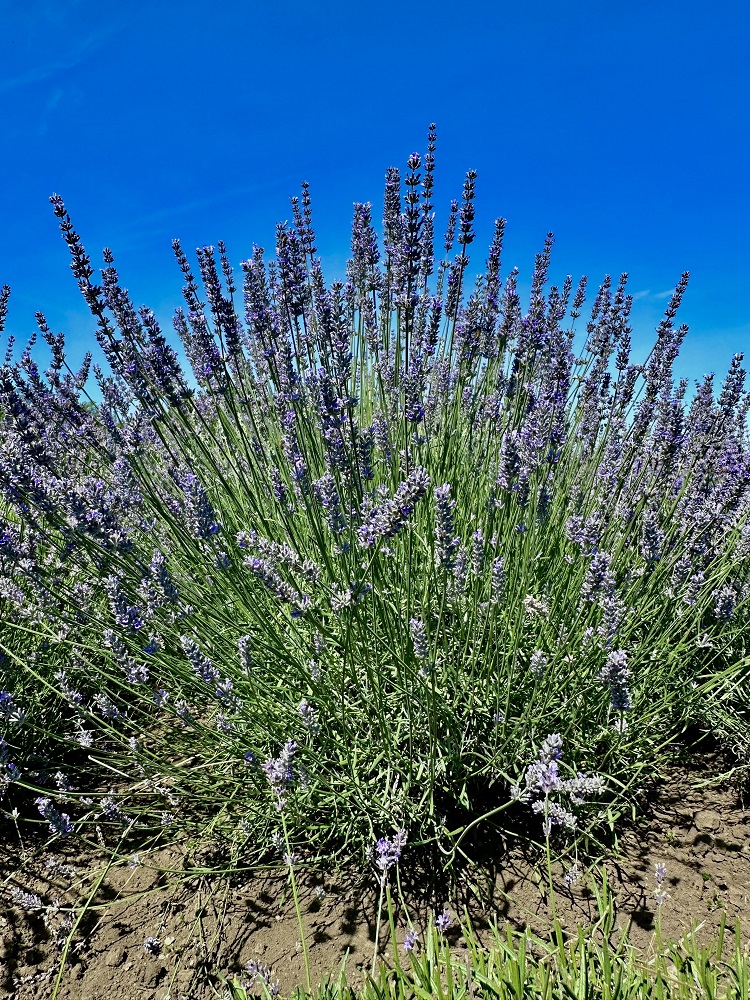
Lavandin is a larger plant with a persistent aroma. The flower stalks are long, the flowers are densely arranged and larger than those of lavender, and the shape of the inflorescences is similar to a cone.

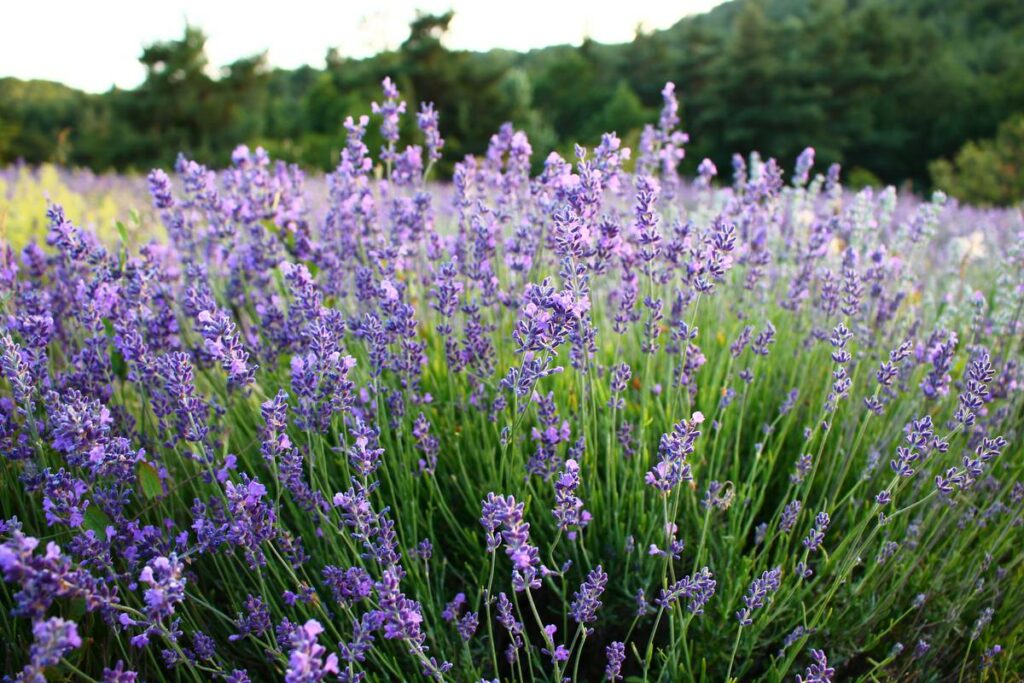
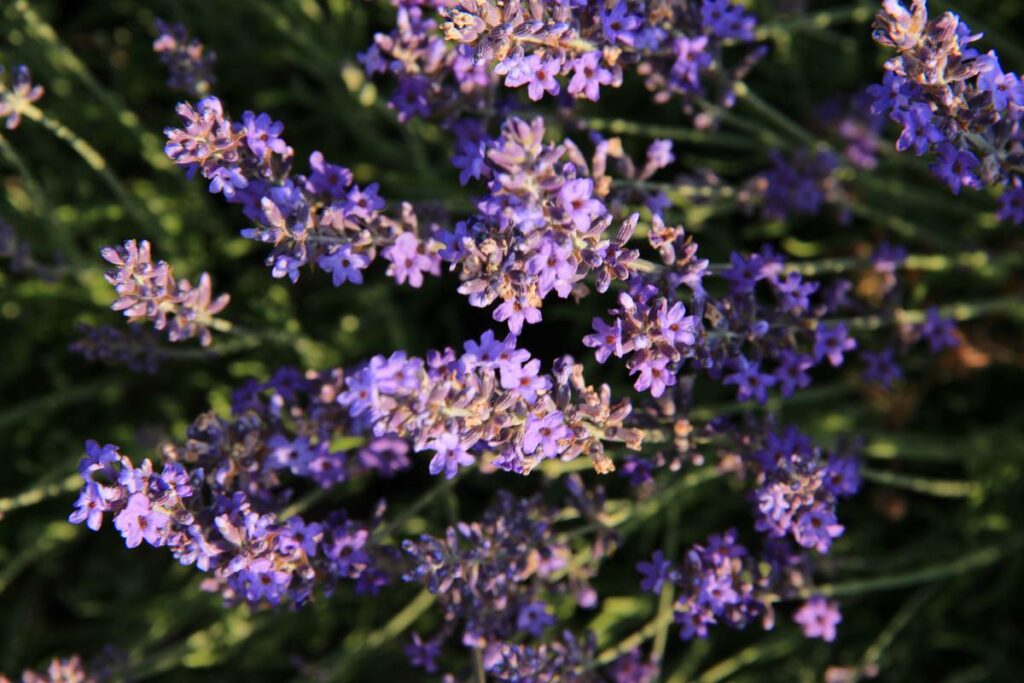
Lavender bushes are much smaller, with a single inflorescence per stem and flowers that are a rich, bright purple or lilac color. The scent of lavender is floral, sweet, and more delicate.

On the eve of the Lavender Festival in Valensole (third Sunday in July), farmers’ estates are plastered with posters advertising concerts by famous singers in the shade of olive trees and offering guests cocktails and lavender ice cream. Beauty salons offer manicures in “blue lavender” color. This is a kind of artistic fiction, since lavender does not come in this color, but I see it as a successful hint at the combination of dreams and reality.
Shops offer a huge selection of lavender-based perfumes. I tested numerous fragrances and came to the conclusion that the best fragrance with lavender notes is the eau de toilette from Esprit Provence: Lavande Précieuse.

Esprit Provence Lavande Précieuse Eau de Toilette creates a halo of fresh lavender that gently settles on the skin and clothing after a few minutes and may seem light, but remains persistent… If you want people to suddenly notice a light lavender breeze in your presence and start looking around for flowers… then this eau de toilette is for you… For contrast, you can purchase it in combination with the classic jasmine eau de toilette Esprit Provence Jasmin Blanc, which is extremely popular among French women. And for going to the gym, I use the usual eau de toilette Esprit Provence Violette Poudrée.
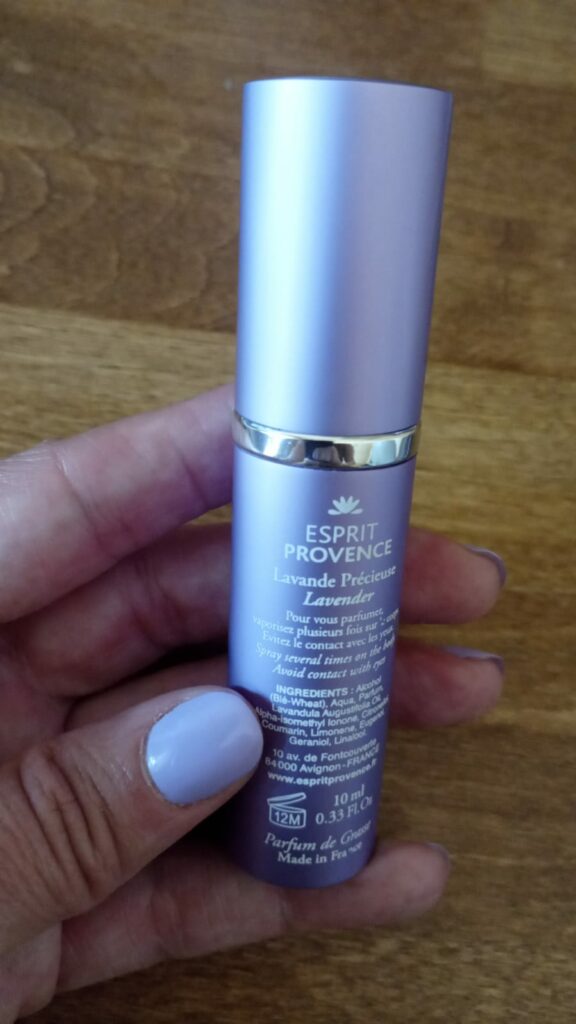
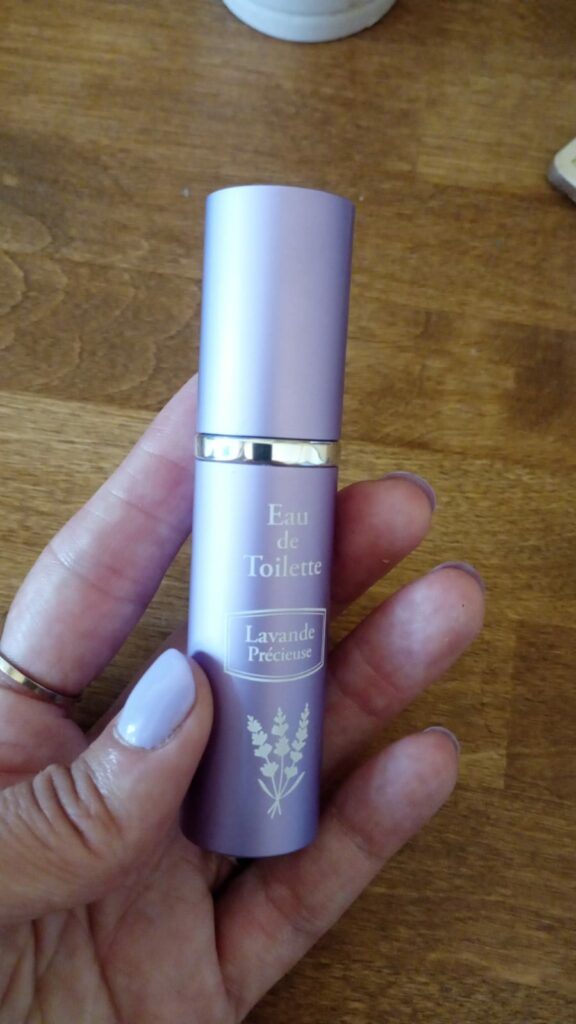
Esprit Provence eau de toilette is sold in cities in Provence and online at https://espritprovence.shop/? gad_source=1&gad_campaignid=21175928335&gclid=Cj0KCQjw-4XFBhCBARIsAAdNOkvT-uPppHJSdj7xme5zm2I8h5fiQTehzuqGbURi02gsjusjVL054ncaAnAMEALw_wcB#
But for use at home, for example before bedtime or meditation, I recommend Senteur et Beaute Lavande’s lavender essential oil toilet water. Its light notes will not last long, but they will not cause any discomfort in the bedroom. You can purchase it here:https://uneteenprovence.eu
Interesting historical facts about lavender
The remarkable healing properties of lavender oil were discovered quite by accident by French chemist Gatfosse in the early 19th century.
But even in ancient times, people knew about the beneficial properties of lavender.
The ancient Greek physician Hippocrates wrote in his works: “Lavender warms the brain, tired from the years lived. It is very useful to eat it for diseases of the liver and spleen. If you burn it, it destroys bad smells and spirits, and also warms the uterus, removes moisture, and cleanses it.“ In the 3rd century BC, the Greek philosopher Theophrastus described its healing properties in his book ”On Smells.”
In ancient times, people also believed in the fabulous ability of this fragrant herb to preserve youth and beauty, which is not without a rational component…. The scent of lavender calms, soothes, and helps you sleep… that is, it smoothes any wrinkled forehead and gives you a rosy complexion. Incidentally, Greece also has many flowering lavender fields. They are located on the mainland, far from popular tourist routes.
The ancient Egyptians grew lavender in the sacred garden of Thebes. The Romans used it in cooking, for bathing, and to scent their homes. During epidemics, they also burned dried lavender in front of their homes, believing that the fragrant smoke protected them from disease.
Avicenna claimed that lavender was “a whip for the heart and a broom for the brain.”
The Catholic Church considered lavender a sacred plant.
It attributed properties such as repelling the devil and witches to it, so the plant became an indispensable attribute of the ordination of priests.
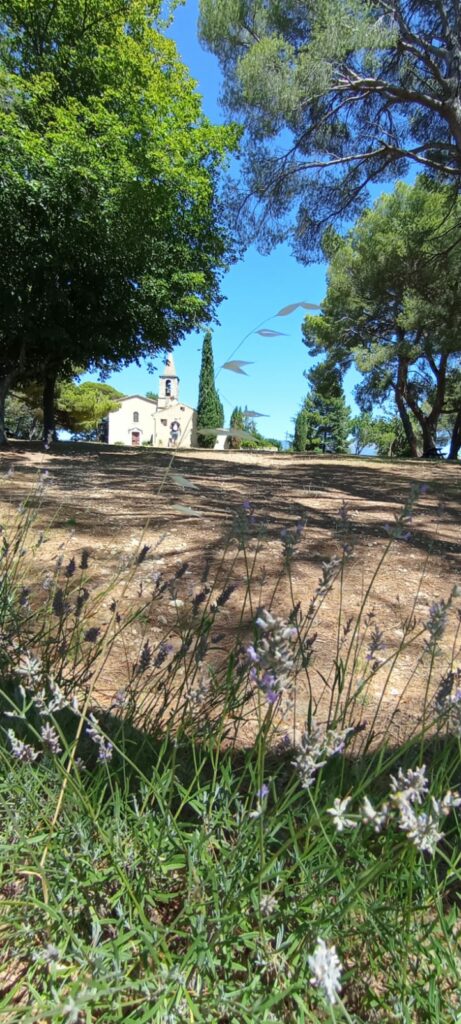
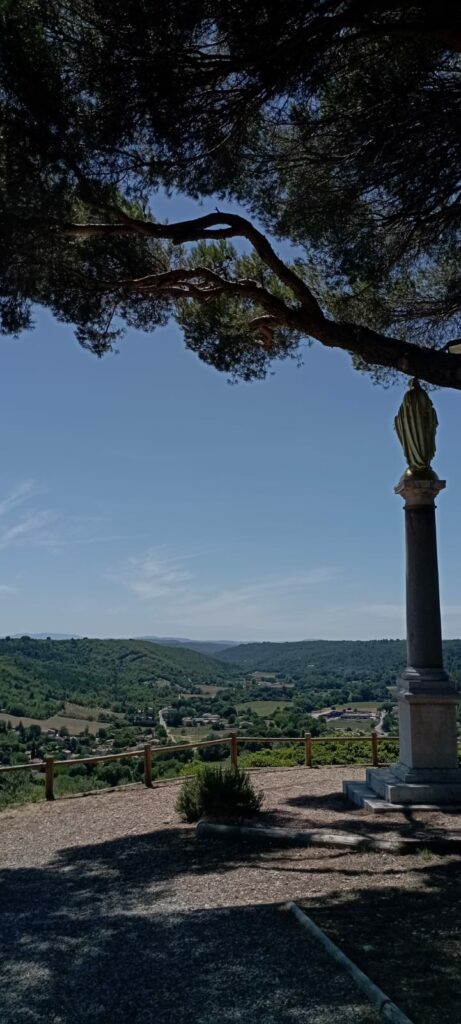
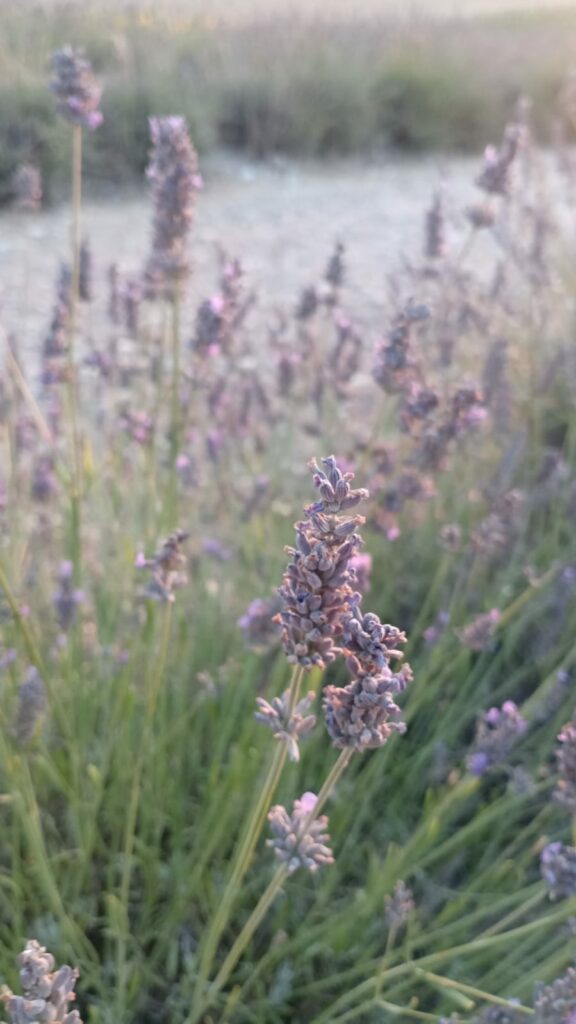
In the Song of Solomon, it is mentioned as an ingredient for sacred ointment.
In the 14th century, the first perfume called “Hungarian Water” appeared, which used rosemary and lavender.
Today, lavender is not only the most popular filling for aromatic sachets, but also an effective healing and soothing agent. As an incense, lavender remains an important item of international trade.
The Japanese have found that using lavender oil as an air freshener in stores increases sales, as the unique scent of lavender affects a person’s mental state, making them want to stay in the room longer, improving their mood and encouraging them to do something good — make a purchase.
Lavender in medicine
Lavender has a wide range of applications in medicine:
— the plant’s essential oil is included in various ointments and antiseptic preparations;
— it promotes rapid wound healing;
— The scent of lavender calms and relieves insomnia.
— Inhalations with lavender oil relieve pneumonia, bronchitis, and hoarseness.
Lavender in cooking.
Lavender has a strong aroma and spicy taste, so it is often used in cooking and beverages. Currently, lavender is quite common in Italian and French cuisine. It is added to bread, soups, desserts, ice cream, and more. In Provence, you can try a variety of lavender nougat.
Recipe for French “Lavender dream”
from Whisper of flower
Ingredients:
200 g flour
1 packet baking powder
3 eggs
150 g sugar
100 ml milk
TIPS AND RECOMMENDATIONS: To get a more pronounced lavender flavor, you can brew milk with lavender. Lightly heat the milk in a saucepan, add the lavender flowers, let it steep for 10 minutes, then strain before using.
100 ml olive oil
2 tablespoons dried lavender flowers (edible)
1 teaspoon vanilla extract
A pinch of salt
Lemon zest and almond flakes (optional)
Recipe:
1. Preheat the oven to 180 °C.
2. Grease the bottom of a cake pan with a thin layer of olive oil and repeat this step on parchment paper.
3. In a large bowl, mix the flour, sugar, baking powder, and a pinch of salt.
4. In another bowl, beat the eggs with olive oil and milk until smooth.
5. Then add the vanilla extract and lemon zest to the liquid mixture and mix again.
6. Gradually pour the liquid mixture into the dry mixture, stirring to obtain a smooth batter without lumps.
7. Add the dried lavender flowers and mix well so that they are evenly distributed throughout the batter.
8. Then pour the batter into the prepared pan. Place in the oven and bake for about 40-45 minutes. Check for doneness with a toothpick or fork.
9. Allow the cake to cool, then remove it from the pan.
10. Sprinkle the cake with powdered sugar and drizzle with lemon juice to give it a sweeter and more tart flavor.
For extra enjoyment, serve the cake with a scoop of vanilla ice cream, and then the summer lavender mood will stay with you until late fall!




